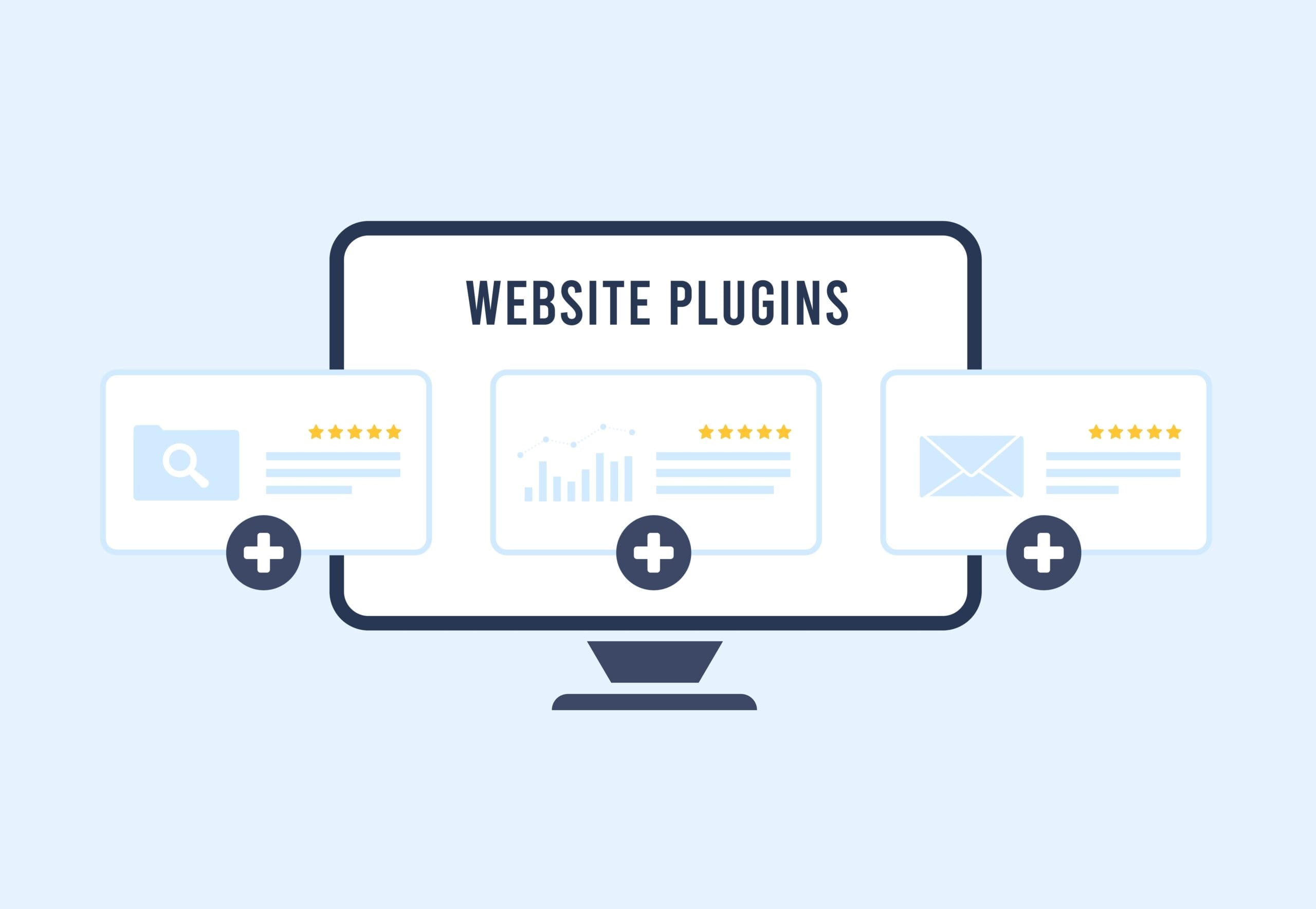Is the URL an HTTP or HTTPS? Don’t forget to submit your PSD’s before setting up the Responsive Design for your mobile friendly transition. What is your CRM?
Let’s face it – Sometimes talking to a web developer can quickly turn into a frustrating or intimidating ordeal. Deciphering the terminology alone can feel like learning a new language, especially if you are setting up a website for the first time, or you have recently taken over the maintenance of your company’s site. The whole process can be overwhelming. Who has time to Google all of those words?
Not to fear! Here at Powderkeg we absolutely understand where you’re coming from. It has taken years for our team to master the art of “tech lingo,” and sometimes it’s easy to forget that not everyone understands the countless technical acronyms or terms that are part of the web design/development world. We have decided to eliminate the time you may spend on researching, and put some of the most commonly used terms in one place: right here!
List of Web Terms
API – Short for Application Program Interface, the API helps provide building blocks when developing a website with a set of routines, protocols, and tools for software applications. Some of those applications you have heard of, such as Google Maps. Ever visit a website’s contact page and see the pre-set Google Map result for that business? That is an example of API.
CMS (Content Management System) – Sometimes are also called “Web Management Systems,” this is the system that many of you probably use to populate/delete/edit content on your website. This software is usually accessed online using a secure login, and depending on its functions can help you edit or post blogs, enable other “users” to have special accesses to your website, or even organize subscribers on your page. Some examples of CMS are WordPress, Expression Engine, or Joomla to name a few.
Crawler – A web crawler is an automated program or script that scans through pages on the internet, or “crawls” through them for data. For example, Google constantly crawls websites to know what relative information would be useful when someone searches content. If Google didn’t crawl pages, your bakery website for sticky buns may show up on less appropriate searches…
FTP (File Transfer Protocol) – FTP is a set of protocols that are used to transfer files between computers on a network. It is the way that computers talk to each other when transferring files to and from one another.
Google Analytics – Google Analytics is a free analytic tool that allows you to collect and analyze data based on your website’s traffic. Although there are other analytic services out there, Google’s is by far the most popular and widely used.
Google Search Console – Previously known as Google Webmaster Tools, it is another free service from Google that also helps with a website. This particular service helps you monitor and maintain the way that your site is presented in Google search results. The list of things that this service does is more that I would be able to fit in a paragraph, so here is a more extensive description of what Search Console does.
HTML – Short for HyperText Markup Language, HTML is a development language that is used to create websites and pages.
HTTP/HTTPS – HTTP, or Hyper Text Transfer Protocol, is what helps web surfers such as yourself to view links and move from page to page. It is the underlying protocol used on the internet and defines how information is formatted. HTTPS, or Secure Hyper Test Transfer Protocol, has an added layer of security called the SSL (secure socket layer) which is an encryption protocol. This helps bulk up the security of a site that may pass sensitive information like financial data or personal information. If you notice when you are on an ecommerce page purchasing the latest season of Game of Thrones, the URL will show https.
Mail Server – A mail server (or email server) can best be thought of as a virtual post office within your network. It stores all of your email messages as well as sets guidelines and rules that determine how certain messages will be treated either incoming or outgoing. Ever have an issue with not receiving a message, or a certain kind of mail keeps going into your junk mail? That is the mail server trying to protect you based on the protocols that are set in it.
Marketing Automation – It is very much what the name suggests: marketing that is done automatically. This is usually done with software that is designed to execute and prioritize tasks. This should not be thought of as a replacement to regular marketing, but as a tool that marketers can use to make those long days more productive.
Mobile Friendliness – Smartphones and tablets have changed the game for website functionality, and mobile friendliness is a large part of it. We have all been on our phones looking at a website and need to zoom in and out to read text, scroll up or down (while zooming), and it can get frustrating. Being mobile friendly means that the website automatically adjusts to the size of the mobile screen, or has separate simplified pages with the most important information and layout specifically for small screens.
SQL Database – Pronounced “sequel,” SQL is a computer language that sends instructions to the database to allow programs to access data through it.
Payment Processor – Usually set up through a third party service to work with your website, the payment processor is the platform which transactions are processed. It is done through a series of processes to help protect information as credit card and other private information is being shared between the shopper and the merchant.
Plugin – If you have done ANY work with your company’s website, you have heard the term plugin before. A plugin is an extra piece of software and is designed to process specific content like a video, certain text and images, and other little extras on your site. A plugin is what adds the extra script of functionality for a site. It’s like the whipped cream, hot fudge, and sprinkles on your ice cream. Sure the main part is great, but it’s even better when you can add the extras.
Post Types (WordPress Specific) – Post type is just like it sounds. It is the type of posting content in WordPress based on how your site is setup. Some examples of post types are blogs, pages, ecommerce, or other custom page types.
PSD (Photoshop Document) – These types of documents are usually used by those who work in image design or editing. This is the file type used in Adobe Photoshop. A PSD file allows a user to work with the different layers of the image, then convert it to any of the preferred .jpg, .gif, or .tiff files that are usually required to post or print.
Responsive Design – This type of web design is what helps make a site Mobile Friendly. Responsive design means that the layout of the webpage will automatically adapt to fit the size of the screen. A good way to test if your website has a responsive design is by pulling up the page, then using your curser change the size of that page’s screen. Did the tool bars and content layout change to fit the screen, or do you now have to scroll from left to right to see everything?
SEO – Short for Search Engine Optimization, SEO is the process that many companies use to increase their visibility through search engines online. There are countless resources and tools that can be used to help the SEO of your company. To get a more thorough breakdown of what SEO can do and where to start, here is a great page by Moz breaking it down for you.
SEM – To stick with the theme of search engines for a moment, SEM or Search Engine Marketing is also a common term in the web world.
Sitemap – Sitemaps come in handy for any site, but especially those that may be hard to find in a Google search. A Sitemap protocol is created to tell the search engine that certain web pages (or all of them) on your site are new or updated, and it is ready to be crawled.
Social Media – According to the Oxford Dictionary, social media is “websites and applications that enable users to create and share content or to participate in social networking.” Facebook, Twitter, Linkedin, Instagram, Snapchat, or Periscope are just a few examples of the many, MANY social media websites that are out there in the world wide web.
SSL Certificate – A Secure Socket Layer (SSL) was mentioned a bit earlier with HTTP, but bear with us. An SSL Certificate is what authenticates the identity of a website and encrypt the information. Think of the SSL Certificate like your driver’s license. It proves to the rest to the world that you are who you say you are.
URL – Short for Uniform Resource Locator, the URL is the specific address of any given page. Interestingly, the URL is technically a series of four number sets that are separated by periods. However, we humans are pretty terrible at even remembering a phone number, so thankfully the addresses are able to be represented alphanumerically. So we only have to remember https://www.powderkegwebdesign.com instead of enough numbers to flash us back to math class.
Website Design – If you are a customer of ours, I’m sure by now you are a pro. But for the sake of those who may not be as familiar, website design is the process of turning your website’s ideas into a reality. This means creating the layout, structure, images, or designing features inside forms, images, videos, or games. Along with the design of a website comes the development process (look down!).
Website Development – Once a site has been designed, it is time for the developers to shine! The development is the back end work done with programming, how the site works, and how certain actions or pages will function. A lot of development here at Powderkeg now goes into the Admin sites similar to WordPress (See below!) so that the customer can continue to edit much of the site’s content after it goes live.
Website Host – Web Hosting is the service that allows your website to be seen on the internet. When you pay for web hosting, it’s similar to paying rent for an apartment. You are being provided a certain amount of space on the internet for your website to encompass. Some popular web hosting services are GoDaddy, HostGator, and Rackspace.
WordPress – WordPress is one type of Content Management System (CMS). As stated before, a CMS allows the user to add, delete, or edit much of the content on his or her website without having to go through a developer for every little change. WordPress is an open source CMS, which means that the source code is available to anyone using the application. It is also considered one of the easiest open source CMS programs available, which is why it is a favorite among business and bloggers alike. Read more about it here.
If you’ve reached the end of this article without reading every single term, that’s OK! Feel free to bookmark this page to reference these basic terms as you need.
If there are any terms or subjects not on this list that you would like to read more about, feel free to contact us at info@powderkegwebdesign.com and we might post about it in the future!






